
IoT sensor integration PCBA
In the increasingly digitized world, sensors have emerged as silent workhorses, collecting vast amounts of data from the physical environment. Sensor integration, the process of combining these diverse sensors into a unified system, such as an IoT system, is at the core of a project. From smart homes to autonomous vehicles and industrial production, sensor integration plays a pivotal role.
In this blog post, we'll delve into the key aspects of sensor integration, including:
In this article:
Understanding Sensor Types- A comprehensive overview of the various types of sensors available, from temperature and humidity sensors to advanced LiDAR Senor Integration Methods- Exploring different approaches to integrating sensors, including hardware and software considerations. Data Processing and Analysis- Uncovering the techniques to extract meaningful insights from sensor data. Communication Protocols- Understanding the role of communication protocols in transmitting sensor data efficiently and reliably. Real-World Applications- Highlighting the practical applications of sensor integration across industries, such as healthcare, agriculture, and manufacturing. Challenges and Future Trends- Discussing the challenges faced in sensor integration and the emerging trends shaping the future of this technology.Understanding Sensor Types
Sensors detect physical properties, transforming them into data for various applications. Here are some common sensor types:
Temperature and humidity sensors: Often combined in a single module, these sensors track environmental temperature and moisture levels, making them essential for agriculture, HVAC systems, and environmental monitoring.
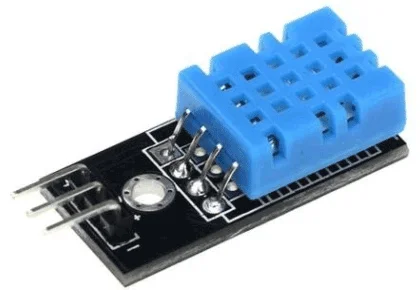
Proximity sensors: Detect objects nearby, essential in robotics and automation.
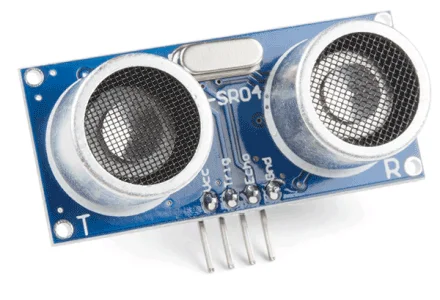
Motion sensors: Monitor movement for applications like security or health tracking.
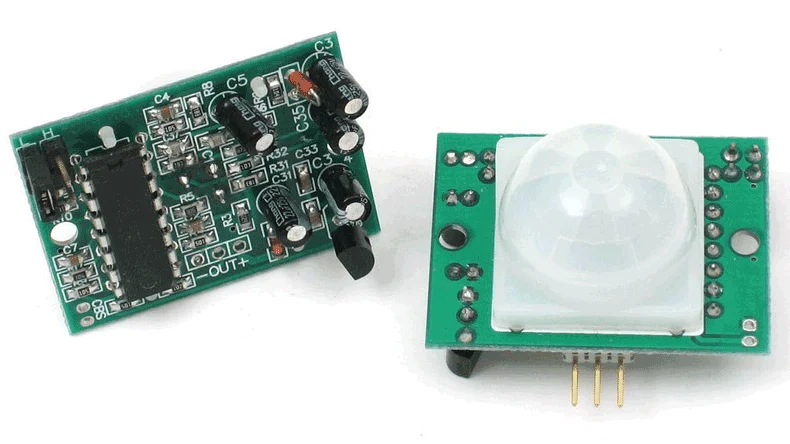
Optical sensors: Measure light, aiding in imaging, surveillance, and environmental monitoring.
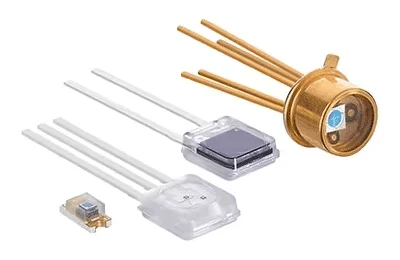
Pressure sensors: Crucial in automotive, aviation, and weather monitoring.
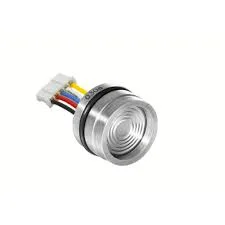
LiDAR (Light Detection and Ranging): Uses laser light to map surroundings, often used in autonomous vehicles and geospatial mapping.
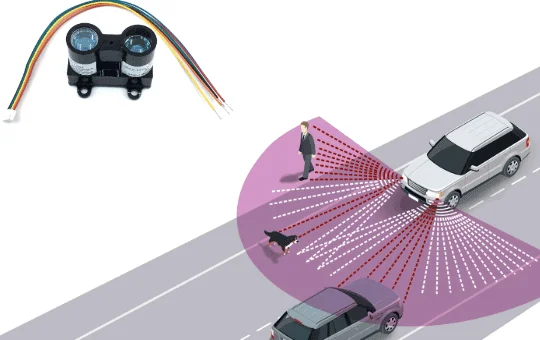
Choosing the right sensor depends on its application—temperature sensors for climate control and LiDAR for navigation. Environmental conditions and accuracy requirements also influence the selection.
Sensor Integration Techniques
When it comes to incorporating sensors into a system, several approaches can be taken, each tailored to specific application needs and requirements. Let's explore some common techniques:
Direct connection
Direct connection is the most straightforward sensor integration method, involving a direct link between the sensor and a microcontroller or processing unit. This immediate connection is ideal for applications demanding rapid responses, such as triggering alarms or controlling machinery. However, expanding this setup with additional sensors can be less flexible and more complex.
Gateway-based integration
In this scenario, sensors converge on a central gateway device. The gateway device acts as a hub, collecting and processing data before transmitting it to a cloud or central system. This approach shines when dealing with diverse sensors from various manufacturers, as the gateway can handle different data types and protocols. It's particularly well-suited for IoT applications where sensors might be scattered across a wide area.
Cloud-based integration
Here, sensor data takes a journey to the cloud for storage and processing. Sensor integration based on the cloud can happen in two ways:
- some sensors connect directly to the internet, sending their data straight to the cloud,
- while others send their data to a gateway first, which then forwards it to the cloud.
This method empowers extensive data analysis and remote access, making it easier to manage large datasets. However, it relies on a stable internet connection, which can be a limitation in remote or less connected areas.
Hybrid Integration
Hybrid sensor integration balances local processing and cloud capabilities. An IoT gateway performs initial data analysis on-site, filtering out critical information. For example, temperature sensors continuously monitor the environment in a smart building. If a sudden spike in temperature occurs, the gateway identifies it as a potential fire risk and sends only this critical alert to the cloud for further monitoring. This approach enables real-time responses to local conditions while leveraging the cloud for deeper analysis and storage.
The optimal integration technique depends on various factors, including the number of sensors, the required speed of data processing, and the overall network architecture. By carefully considering these factors, you can select the most suitable sensor integration approach for your specific application.
Data Processing and Analysis
Once data is collected, it needs to be processed to make it useful. This processing can happen at different stages depending on the application:
- Device-level processing: It occurs directly on the data-collecting device, like an IoT gateway or smart sensor, and is limited to basic tasks for quick responses, such as immediate alerts.
- Edge processing: Taking place on a more powerful nearby device (like a gateway or router), edge processing handles more complex tasks, combining data from multiple devices and filtering it before sending only essential information to the cloud. It reduces bandwidth use and latency.
- Cloud processing: Heavy analysis happens here, where complex computations and machine learning can be applied, making it ideal for large datasets across multiple sources.
By filtering data at each level, only the most relevant information moves through the system, helping to reduce resource strain and improve efficiency.
Communication Protocols
Reliable communication is essential for sensor data to flow efficiently. Some popular protocols include:
- MQTT (Message Queuing Telemetry Transport): A lightweight protocol ideal for low-bandwidth, high-latency environments.
- HTTP/HTTPS: Common for web-based applications, though heavier on resources.
- CoAP (Constrained Application Protocol): Designed for IoT, allowing low-power devices to communicate over IP networks.
- BLE (Bluetooth Low Energy): Energy-efficient and suitable for short-range communication.
- Zigbee: A low-power protocol for short-range mesh networks in industrial and home applications.
- LoRaWAN (Long Range Wide Area Network): Ideal for long-range, low-power IoT applications, especially in remote areas where data transmission over vast distances is required.
Choosing the right protocol depends on the application’s range, energy constraints, and data transfer needs.
Real-World Applications of Sensor Integration
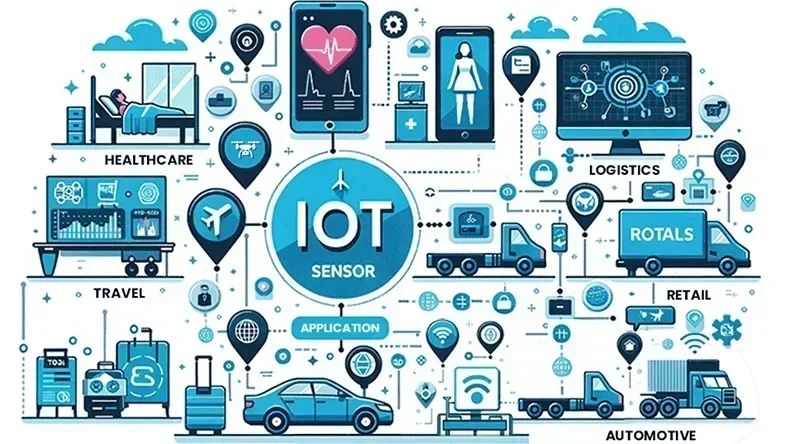
Sensor integration has the potential to revolutionize various industries, such as:
Healthcare
- Remote patient monitoring: Wearable sensors can track vital signs like heart rate, blood pressure, and blood oxygen levels, allowing remote monitoring of patients.
- Smart hospitals: Sensors can monitor environmental conditions, patient movement, and equipment usage, optimizing resource allocation and patient care.
Agriculture
- Precision agriculture: Sensors can monitor soil moisture, temperature, and nutrient levels, enabling farmers to optimize irrigation and fertilization practices.
- Crop monitoring: By tracking factors like light intensity, temperature, and humidity, sensors can help farmers monitor crop growth and detect potential issues.
Automotive
- Autonomous vehicles: Sensors like LiDAR, radar, and cameras enable self-driving cars to perceive their surroundings and make autonomous decisions.
- Advanced driver assistance systems (ADAS): Sensors can enhance driving safety by detecting obstacles, monitoring driver alertness, and providing adaptive cruise control.
Smart Cities
- Traffic management: Sensors can monitor traffic flow, identify congestion points, and optimize traffic signals to reduce congestion.
- Environmental monitoring: Sensors can monitor air quality, noise levels, and water quality, helping to improve urban living conditions.
Challenges in Sensor Integration
While sensor integration offers numerous benefits, it also presents several challenges:
- Interoperability: Ensuring seamless communication and data exchange between different sensors and systems from various manufacturers can be complex.
- Data security and privacy: Protecting sensitive data collected by sensors is crucial, especially in healthcare and other critical sectors.
- Power management: Many sensors are deployed in remote areas and rely on battery power, making efficient energy usage crucial.
- Standardization: Developing common standards for sensor integration and data formats can simplify deployment and interoperability.
As technology advances, innovative solutions to existing challenges will emerge. Sensor integration will play a pivotal role in industries like smart cities, autonomous vehicles, healthcare, and agriculture.
One-Stop IoT PCBA Manufacturer PCBONLINE
Once you finish the design of your IoT system, including sensor integration, you may want to turn your project into real IoT devices. You can have your project manufactured from the initial idea into finished IoT products under one roof by working with PCBONLINE.

PCBONLINE is a one-stop PCBA manufacturer, having two large advanced PCB manufacturing bases, one PCB assembly factory, stable supply chains, and an R&D team.
PCBONLINE can do the R&D for your IoT project, including sensor integration, or take part in your project’s development from the early stage to prevent the tricky issues in the field application engineering (FAE) stage.
PCBONLINE offers free design for manufacturing (DFM) and one-on-one engineering support for your IoT project no matter what quantity you want.
Provides one-stop PCBA services, including prototyping/sampling, PCB fabrication, component sourcing, PCB assembly, PCBA value-added, enclosures, box-build assembly, and application simulation testing.
PCBONLINE has rich experience in reflow/wave soldering oven temperature control and jig/mold design to ensure smooth and successful manufacturing. Besides, it has long-term cooperation with the top 3 mold and enclosure manufacturers in China for the molds and enclosures.
High-quality PCBA manufacturing certified with ISO 9001:2015, ISO 14001:2015, IATF 16949:2016, RoHS, REACH, UL, and IPC-A-610 Class 2/3.
PCBONLINE makes sure that all things of your IoT project, including sensor integration, are dealt with properly and that the results meet your expectations. To get a quote for your IoT PCBA project, contact info@pcbonline.com.
Conclusion
Now, you have a solid understanding of sensor integration and its potential to revolutionize the way we interact with the world around us. To improve sensor integration or put your IoT project into manufacturing, chat with the professional at PCBONLINE from the online chat window.
PCB assembly at PCBONLINE.pdf




